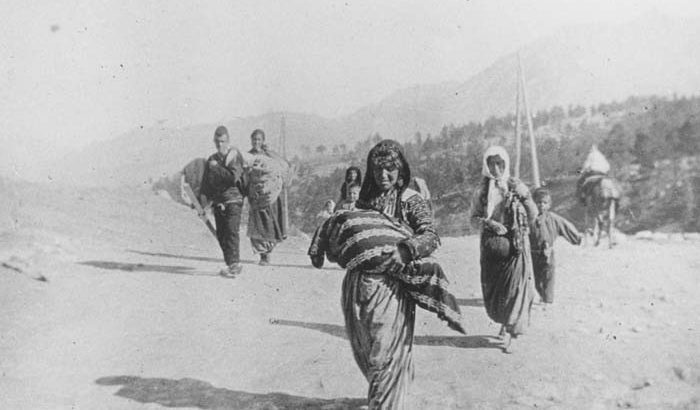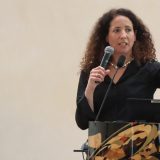
Why the Word ‘Genocide’ Matters Recognizing the Armenian Genocide Recognizing the Armenian Genocide
April 29, 2021
Marilyn J. Harran
Professor of Religious Studies and History
Stern Chair in Holocaust Education
Chapman University
On Saturday, April 24, for the first time, a U.S. president officially referred to the mass murder of Armenians during World War I as “genocide.” To say the statement was long overdue is a huge understatement. Indeed, it is generations overdue. The long delay has been an exceptionally painful experience for Armenian Americans, a great many of whom live in Southern California. We have been privileged over the last several years at Chapman University to have one of the foremost historians of Armenia and the Armenian genocide, Dr. Richard Hovannisian, as a Presidential Fellow. He speaks often of growing up in the farming community of Turlock surrounded by survivors of the genocide. Indeed, his own father, just a boy at the time, was rescued from a death march by an Arab trader who took him as a forced laborer. That less than noble act saved his life. Eventually his father escaped and made his way to the United States. It is thanks to Professor Hovannisian, for whom the chair in modern Armenian history at UCLA is now named, that the voices of some survivors of the Armenian genocide were recorded and now are part of the collection of oral histories at the USC Shoah Foundation Visual History Archive.

